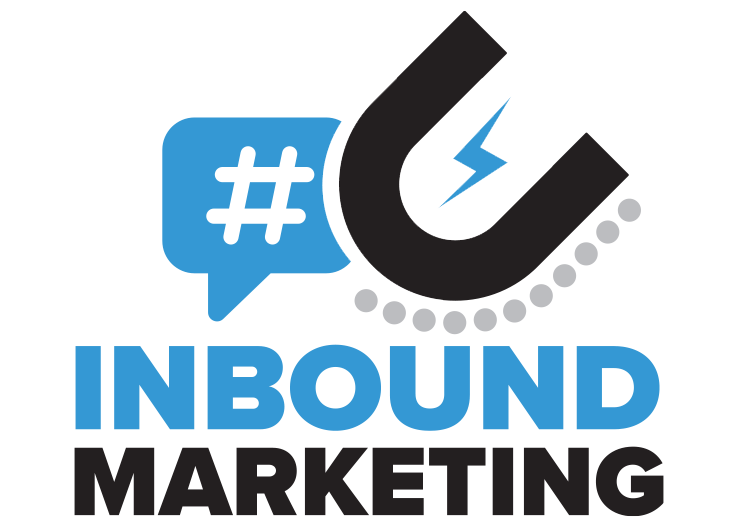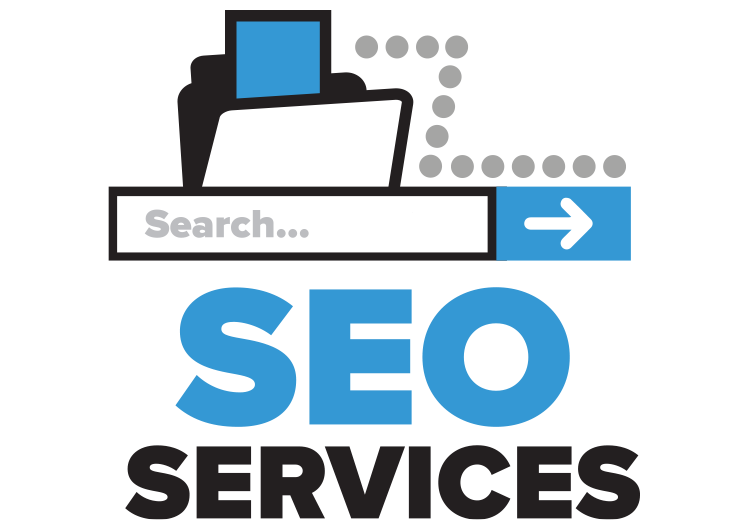![Changing Marketing Strategy [Pros and Cons]](https://blog.greyphin.com/hubfs/greyphin-changing-marketing-strategy.png)
In any business, marketing is key to success. In today's competitive marketplace, a well-defined and executed marketing strategy is essential to ensuring that your business stands out from the crowd. There are a number of elements to consider when developing a marketing strategy, including your target audience, your unique selling proposition, and the channels through which you will reach your audience. But what’s also important is changing marketing strategy every so often after monitoring performance and determining what’s working, and what’s not.
When a company considers changing its marketing strategy, it must weigh the pros and cons carefully.
On one hand, making changes to an existing strategy can bring fresh ideas into play and be effective in appealing to new audiences.
On the other hand, it can also be expensive and time-consuming if not properly planned and executed. This means that companies must think critically before investing in such a pivot, ensuring they have taken the necessary steps to avoid costly mistakes while also broadening their customer base. Making the right decision when it comes to changing a marketing strategy is often a delicate balance between taking risks and exercising caution.
Pros
Changing a marketing strategy can be advantageous for businesses. It can result in a fresh new approach to engaging consumers and creating meaningful connections with the brand. By keeping up-to-date with current trends and responding to customer feedback, companies can remain relevant and capitalize on market opportunities.
Additionally, altering the strategies employed may improve customer service processes, leading to increased satisfaction levels among customers. Changing the marketing strategy could also allow businesses to target new audiences or alter their messaging to further appeal to existing ones, resulting in an increase in brand awareness.
Cons
Changing marketing strategy can be a tricky business. One of the major cons of revising your marketing strategy is that it often requires a substantial investment in time, resources and money. This could include the expense associated with creating new content, changing existing content or using additional digital channels for promotion.
Additionally, you risk alienating existing customers if the changes to your strategy don’t meet their needs or expectations. Introducing something completely new to an untested audience also runs the risk of being unsuccessful, resulting in an expensive mistake for your organization.
Furthermore, employees could find it difficult to alter their own behavior and practices in order for the new marketing strategy to be successful.
What Should Your Business Do?
It is clear that when it comes to shifting marketing strategy, the benefits far outweigh any potential drawbacks. Investing in a new method of delivering messages and content to current and prospective customers has the potential to elevate brand awareness, boost sales, and strengthen customer loyalty.
By putting research into understanding the wants and needs of target audiences, businesses can create campaigns that effectively engage those audiences with fresh ideas and meaningful connections. In addition to all these advantages, there is also room for experimentation when creating new strategies-- meaning that companies have the ability to try different tactics without suffering tremendous consequences in case something does not go as planned. Therefore, on the whole, shifting marketing strategy is a win-win decision for most businesses.
Need help with your marketing strategy? Let the experts at Greyphin help you! We offer a full suite of digital marketing services, including website development, inbound marketing, and SEO services that are designed to help you get found online. Contact us here to learn more!









